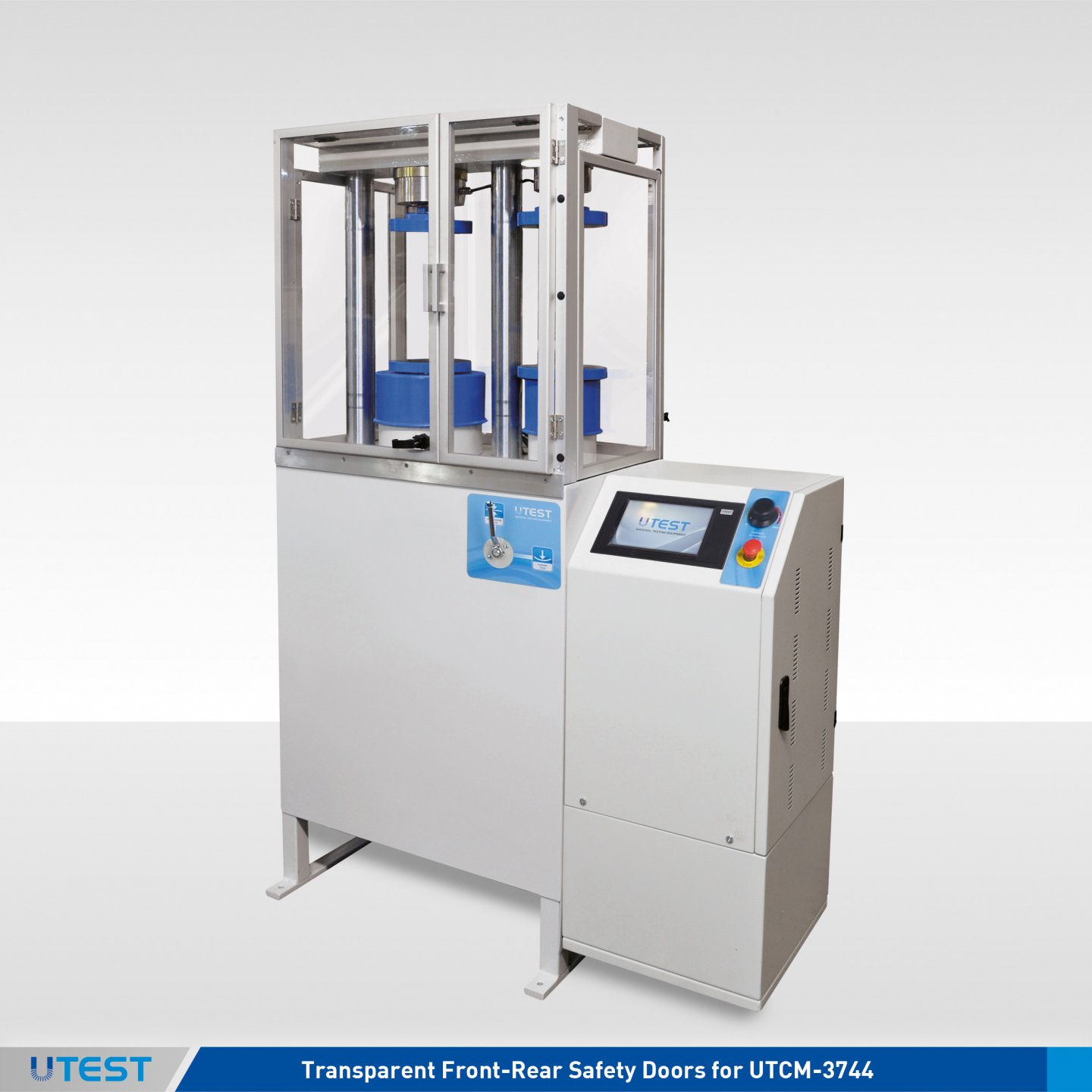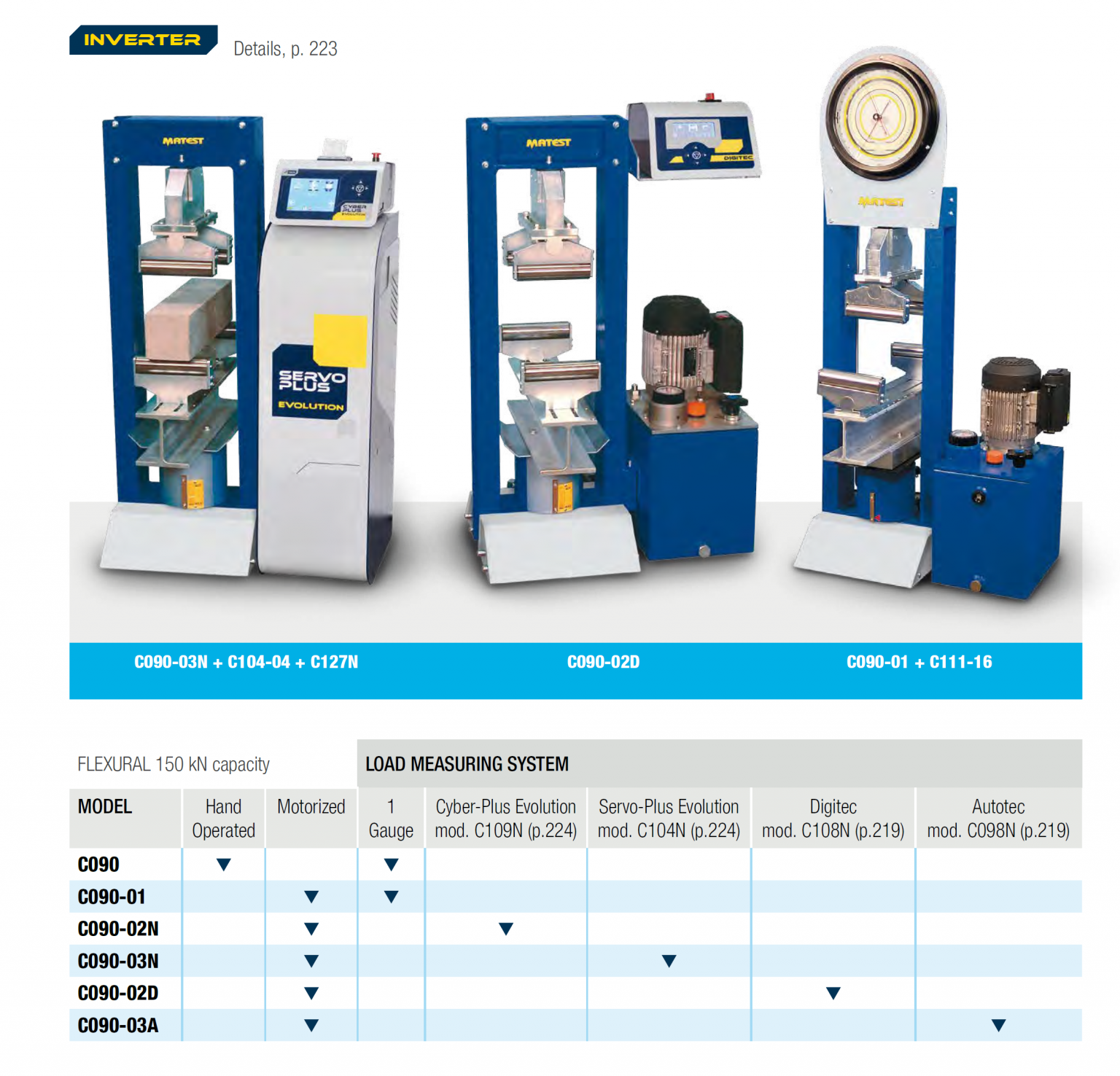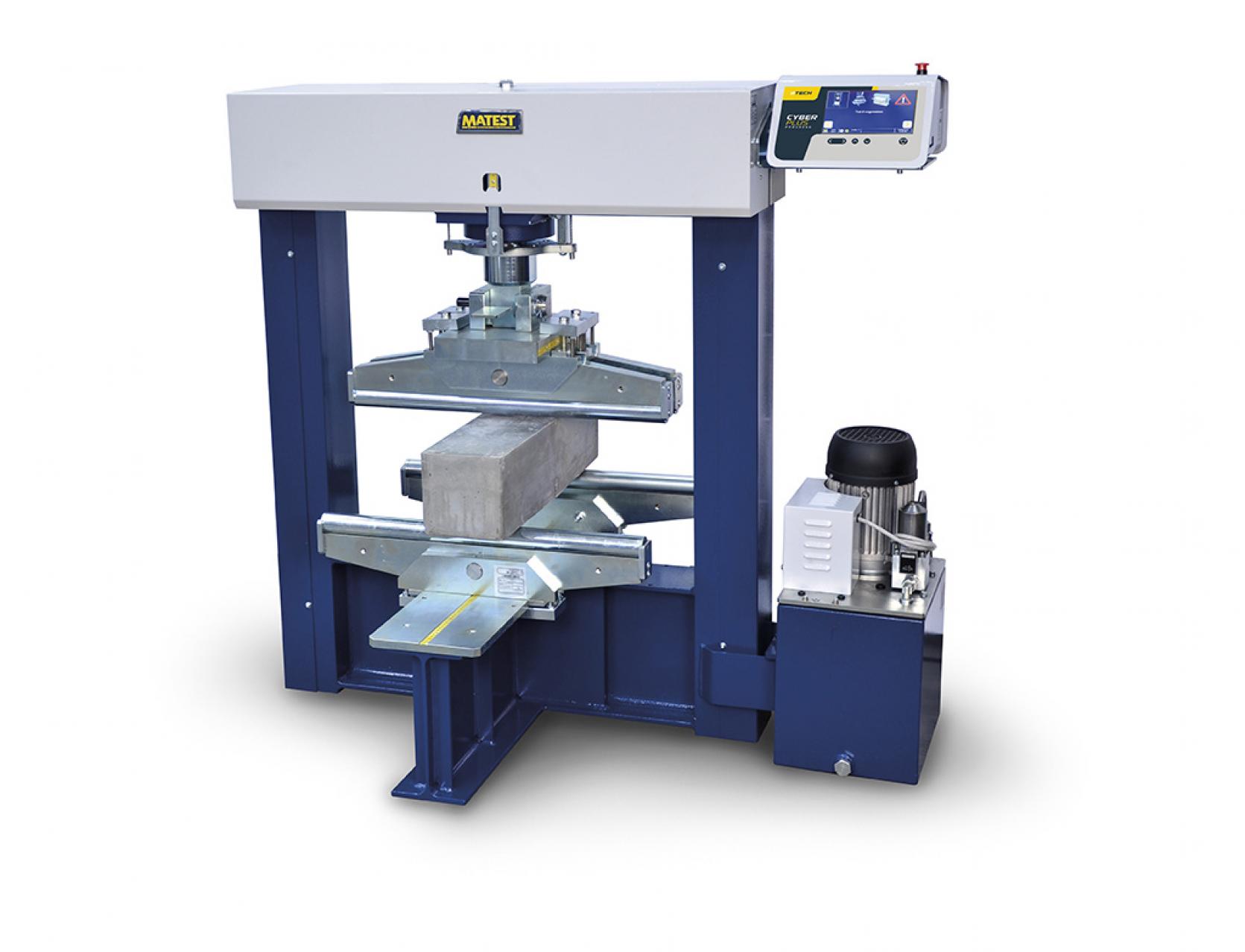

Whilst we all refer to the relevant standards to tell us what spans and radii to use for these tests, what actually determines whether the test will produce a delamination or a fibre breaking failure? Additionally, at what point will the span become so narrow that we observe an invalid failure due to crushing of the specimen under the rollers? By answering these questions and understanding the parameters that determine these transitions, we can react to the failure modes being exhibited during testing ensuring that we adjust the test to get valid results. However, because of this imperfect shear state, ASTM has removed the word shear from the title of ASTM D2344, simply referring to it as short beam strength. This popularity is due to the test providing useful information on the interlaminar shear behaviour of the laminate, while also being a cheap and easy test to undertake. Depending on the span used, and with some alterations to the diameter of the loading rollers, the same test set-up can be utilised to determine both the interlaminar shear and the flexural properties of a composite material.Īlthough interlaminar shear testing doesn’t provide a pure shear state (where there are no additional compressive or tensile forces), it remains very popular in the industry. Because these materials have very little ductility, they will break before any permanent deformation of the sample allows accurate measurement of the flexural modulus and strength.Three or four-point bend testing has long been a go-to method for the composites engineer to gather relevant design data for their material or component. The most common materials tested for flexibility are plastics, composites, concrete and ceramics. Typically, a flexure test is run until the specimen experiences failure and is therefore ideal for testing brittle materials. A bend test is used with ductile material whereas a flexural test is used with brittle material. The three-point flexion test is ideal for testing a specific location of the sample, whereas the four-point flexion test is more suitable for testing a larger portion of the sample and is better at exposing the defects.Ī bend test is similar to a flexure test in the type of hardware and the testing process involved. A four-point bend test is roughly the same except that instead of a force applied through one point at the apex it is applied through two points so that the specimen experiences contact at four different points and becomes more of a “U” shape. A three-point bend test consists of a specimen held horizontally at two points and force applied through one point at the top of the specimen so that the specimen is bent into a “V” shape.

The two most common types of flexion tests are the three-point and four-point flexion bending tests. When a sample is placed under flexural loading, all three fundamental stresses are present – tensile, compressive and shear – and therefore the flexural properties of a sample are the result of the combined effect of all three stresses together (though to a lesser extent). Unlike a compression test or tensile test, a flexure test does not measure fundamental physical properties. These two values can be used to evaluate the ductility of the sample material or its ability to withstand bending forces. The flexural modulus is calculated from the slope of the stress versus strain deflection curve.

Flexural strength is defined as the maximum tension on the outermost fiber on the compression or tension side of the specimen. The most common purpose of a flexure test is to measure flexural strength and flexural modulus. The maximum recorded force is the flexural strength of that particular specimen. The material is placed horizontally at two points of contact (lower support span) and then a force is applied to the top of the material through one or two points of contact (upper loading span) until the sample fails.

A ductility test is more economical than a tensile test and the test results are slightly different. Flexure (bend) tests are commonly used to determine the flexural modulus or flexural strength of a material.


 0 kommentar(er)
0 kommentar(er)
